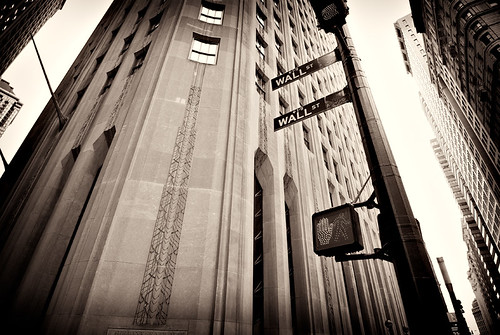
The year 1929 stands as a monumental demarcation in global history, commonly recognized as the precipice from which the world descended into an unprecedented economic downturn. While the notorious Wall Street Crash often dominates historical narratives of this period, the year was, in fact, a complex tapestry of geopolitical shifts, social reforms, technological advancements, and cultural milestones that collectively redefined the international landscape. This period marked not merely an economic inflection point, but a profound transformation of political ideologies and societal structures across continents.
This comprehensive review delves into the multifaceted events of 1929, moving beyond the singular focus on financial markets to explore the interwoven narratives of economic instability, emerging nationalisms, diplomatic efforts, and evolving social dynamics. From the burgeoning crises in European economies to the critical reconfigurations of power in the Soviet Union and the Middle East, the year laid bare the fragilities of the post-World War I order and foreshadowed the dramatic upheavals of the subsequent decade. Each event, whether economic or political, contributed to a mosaic of change that profoundly impacted the trajectory of the 20th century.
Our exploration begins by meticulously examining the epicenter of the financial storm—the Wall Street Crash—and its immediate global repercussions. We will then traverse the international arena to analyze critical political developments that occurred simultaneously, offering a detailed perspective on how diverse regional events converged to shape a year of profound historical significance. This analytical approach aims to provide a comprehensive understanding of 1929 as a pivotal year, characterized by both unforeseen crises and deliberate acts of historical consequence.
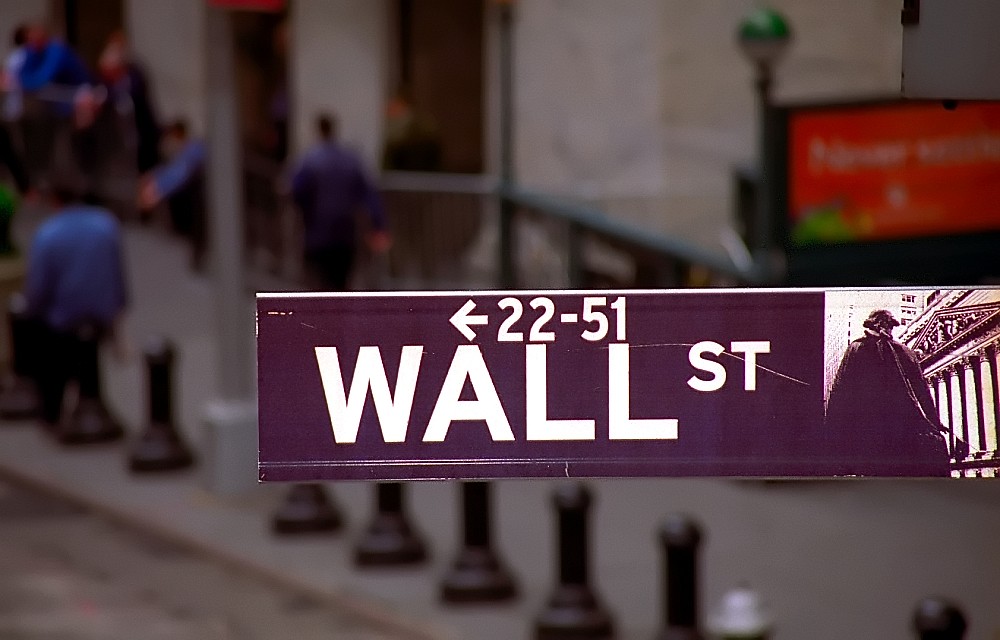
1. **The Wall Street Crash of 1929**The quintessential event of 1929, indelibly etched into the annals of economic history, was the Wall Street Crash. This catastrophic financial collapse initiated the Great Depression, a period of sustained economic hardship that reverberated across global markets for years. The culmination of a speculative frenzy, the crash represented a dramatic and abrupt end to the preceding era of perceived prosperity, often referred to as the ‘Roaring Twenties’.
On September 3, the Dow Jones Industrial Average (DJIA) reached its pre-crash peak at 381.17. This benchmark would not be surpassed until November 1954, underscoring the severity and lasting impact of the downturn. The market’s precipitous decline began in earnest from October 24, often known as Black Thursday, and continued through October 29, Black Tuesday.
During this harrowing period, stock prices experienced ‘three multi-digit percentage drops,’ collectively obliterating more than $30 billion from the New York Stock Exchange. To contextualize this immense loss, the amount was ’10 times greater than the annual budget of the federal government’ at that time. Despite President Herbert Hoover’s announcement to the U.S. Congress on December 3 that ‘the worst effects of the recent stock market crash were behind the nation’ and that ‘the American people had regained faith in the economy,’ the crash’s profound economic and psychological scars were only just beginning to manifest globally.
Read more about: America’s Enduring Story: Unveiling 13 Defining Pillars of the United States’ Identity and Impact

2. **The End of the Roaring Twenties**The Wall Street Crash of 1929 did more than just trigger an economic depression; it emphatically marked the termination of an iconic era in American history known as the Roaring Twenties. This decade, characterized by unprecedented economic growth, cultural exuberance, and social liberalization, concluded with a stark realization of underlying vulnerabilities within the financial system.
The ‘Roaring Twenties’ had been a period defined by rapid industrial expansion, widespread adoption of new technologies like automobiles and radios, and a booming stock market fueled by easy credit and speculative investment. This era fostered a sense of boundless optimism and cultural innovation, yet beneath the surface, there were significant economic imbalances and a lack of regulatory oversight that contributed to the eventual market collapse.
The abrupt cessation of this period ushered in a worldwide Great Depression, transforming an era of ostensible affluence into one of widespread unemployment and severe economic contraction. The crash served as a brutal awakening, forcing a re-evaluation of economic policies and societal values, effectively closing the chapter on the carefree, prosperous image of the Roaring Twenties and initiating a new, more somber phase in global development.
Read more about: Ready to Say ‘I Do’ Again? 14 Totally Amazing & Unique Vow Renewal Ideas You’ll Obsess Over!
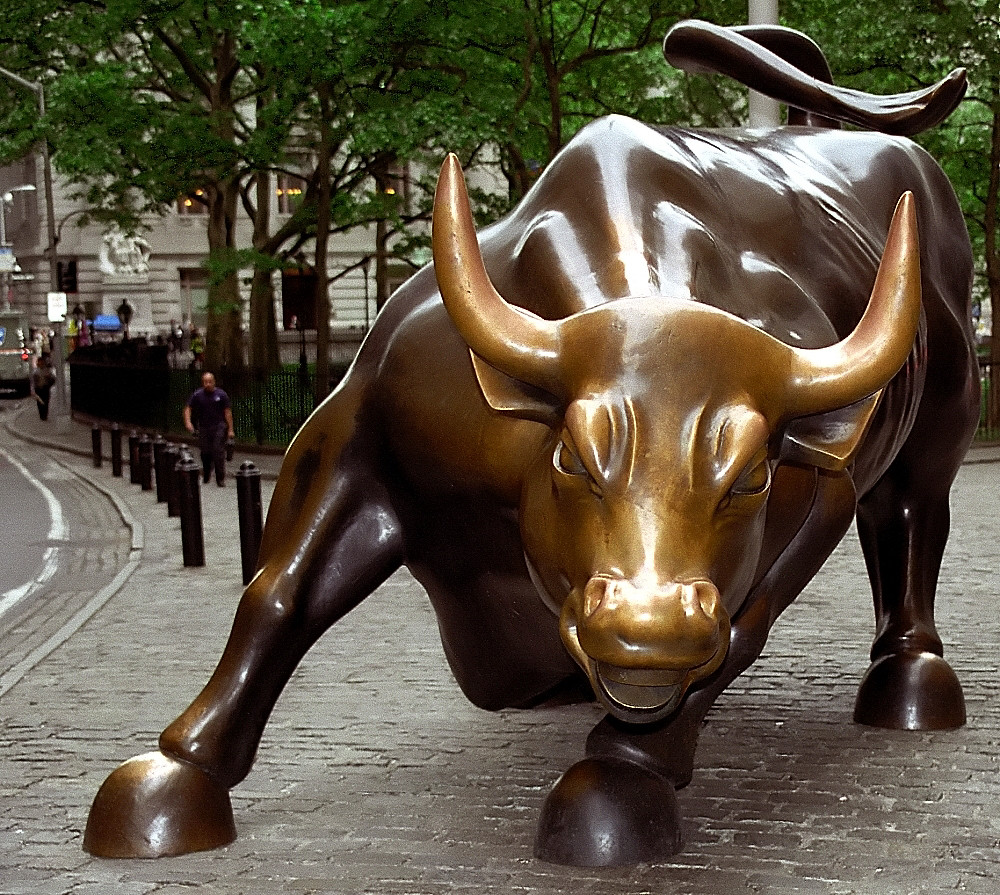
3. **Lateran Treaty and the Sovereignty of Vatican City**Amidst the burgeoning global economic turmoil, Europe witnessed a significant diplomatic resolution that reshaped the political map of Italy and solidified the standing of the Catholic Church. On February 11, 1929, the Kingdom of Italy and the Holy See formally signed the Lateran Treaty. This landmark agreement brought an end to the long-standing ‘Roman Question,’ which had persisted since the unification of Italy in 1870.
The treaty established Vatican City as an ‘independent sovereign enclave within Rome,’ granting the Holy See full sovereignty. This historic accord not only resolved a complex territorial and political dispute but also afforded the papacy an independent state, allowing it to engage with the international community as a sovereign entity. The significance of this agreement was visually underscored on July 25, when ‘Pope Pius XI emerged from the Vatican and entered St. Peter’s Square in a huge procession witnessed by about 250,000 persons, thus ending nearly 60 years of papal self-imprisonment within the Vatican.’
The resolution of the Roman Question had broader implications for Italy’s foreign policy. The context notes that ‘Italy used the diplomatic prestige associated with this successful agreement to adopt a more aggressive foreign policy.’ This suggests that the treaty not only secured the Vatican’s independence but also provided a boost to the Fascist government’s international credibility, enabling a more assertive stance on the global stage, a factor that would prove consequential in the coming years.
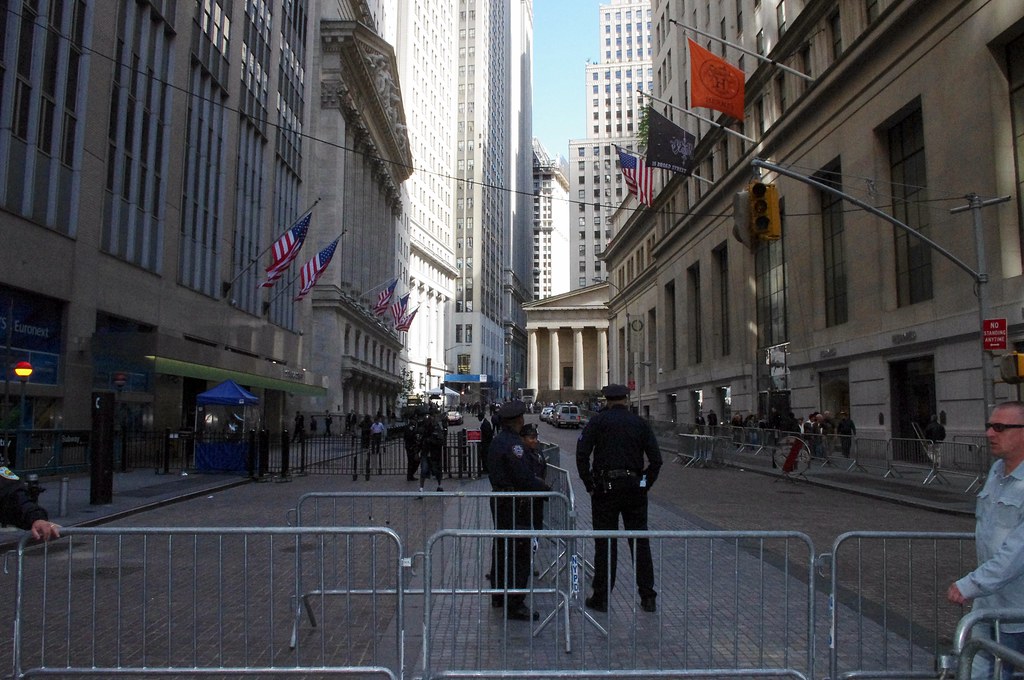
4. **The 1929 Palestine Riots: Escalating Tensions**The year 1929 also witnessed profound civil unrest in the Middle East, particularly in Mandatory Palestine, where long-simmering tensions between Arab and Jewish communities erupted into widespread violence. The ‘1929 Palestine riots broke out between Arabs and Jews over control of the Western Wall’ on August 1, marking a brutal escalation of an already fraught political and religious landscape.
The spark for the unrest was initiated, in part, ‘when British police tore down a screen the Jews had constructed in front of the Wall.’ This seemingly minor incident quickly spiraled into intense and deadly confrontations across Jerusalem, Hebron, and Safed, revealing the deep-seated grievances and competing claims over holy sites. The violence tragically persisted ‘until the end of the month,’ underscoring the intensity of the communal strife.
The human cost of these riots was substantial, with the context explicitly stating that ‘In total, 133 Jews and 116 Arabs were killed.’ The events, particularly ‘The 1929 Hebron massacre: 65–68 Jews are killed by Palestinians and the remaining Jews are forced to leave Hebron,’ deepened the chasm between Jewish and Arab populations and served as a stark precursor to future conflicts in the region. These riots underscored the severe challenges of governing Mandatory Palestine and the escalating difficulties in finding a peaceful resolution to the Jewish-Arab tensions.

5. **Stalin’s Consolidation of Power and Collectivization Drive**In the Soviet Union, 1929 represented a critical juncture in the consolidation of Joseph Stalin’s autocratic rule and the launch of a radical transformation of the Soviet economy and society. In May, Stalin significantly tightened his grip on power by ‘sending Leon Trotsky into exile.’ Trotsky, a prominent rival, departed the USSR on February 12, effectively removing the last significant internal challenge to Stalin’s authority..
With Trotsky neutralized, Stalin then ‘turned on his former political ally, Nikolai Bukharin, who was the last real threat to his power.’ By the close of the year, Bukharin had been decisively defeated, cementing Stalin’s unchallenged supremacy. This elimination of rivals cleared the path for Stalin to implement his vision for the Soviet Union, deviating sharply from earlier policies.
Once firmly in power, Stalin reversed his previous support for Lenin’s New Economic Policy. In November, he dramatically declared 1929 to be ‘The Year of the Great Breakthrough’ and announced a new national focus on ‘industrial programs as well as on collectivizing the grain supply.’ His ambitious goal was ‘to surpass the West not only in agriculture, but in industry.’ This initiated the forced collectivization of agriculture, where ‘Millions of Soviet farmers were removed from their private farms, their property was collected, and they were moved to state-owned farms,’ often accompanied by a campaign ‘demonizing kulaks as a plague on society,’ leading to their deportation to harsh regions.

6. **Germany’s Economic Turning Point Towards Nazism**For Germany, 1929 was characterized as ‘a major turning point’ due to the profound economic crash, which profoundly destabilized the political landscape of the Weimar Republic. The country had experienced a period of relative prosperity, largely underpinned by foreign investments. However, the global economic downturn, catalyzed by the Wall Street Crash, prompted ‘foreign investors [to withdraw] their German interests.’
This sudden and massive capital flight initiated the ‘crumbling of the Republican government in favor of Nazism,’ as economic hardship fueled widespread discontent and political extremism. The unemployment figures grimly reflected the crisis; by 1929, ‘the number of unemployed reached three million,’ creating a fertile ground for radical political movements promising solutions.
The economic collapse directly undermined the credibility and stability of the Weimar Republic, which struggled to address the escalating crisis. This environment of economic despair and political instability played directly into the hands of extremist parties like the Nazis, who skillfully exploited public frustration and fear. The events of 1929 thus marked a critical acceleration in the trajectory toward authoritarianism and ultimately, the rise of Adolf Hitler and the Third Reich.
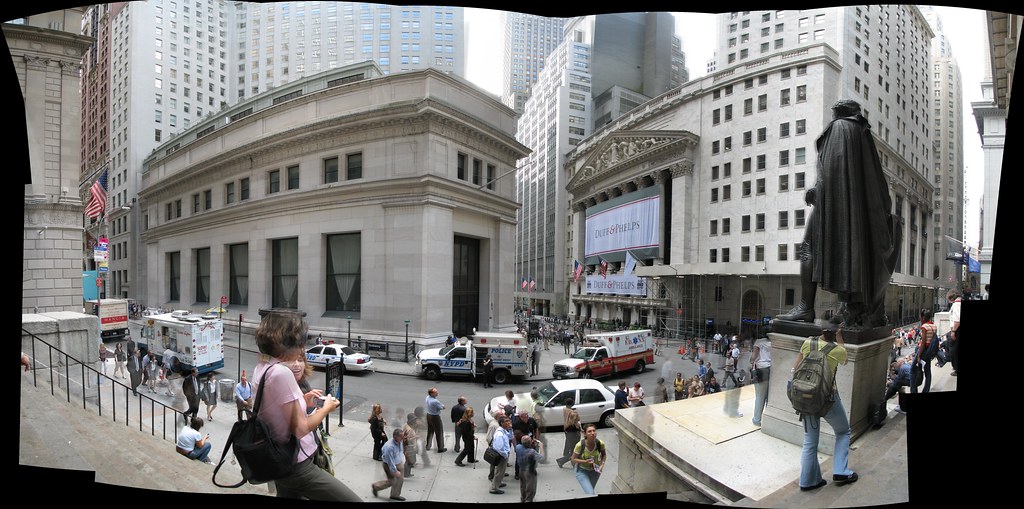
7. **The Kellogg–Briand Pact: An Attempt to Outlaw War**In a striking counterpoint to the growing global tensions and economic instability, 1929 also marked the official entry into force of a significant international diplomatic endeavor: the Kellogg–Briand Pact. This treaty, initially signed in Paris in 1928 by most leading world powers, formally ‘renouncing war as an instrument of national policy,’ became effective in July 1929.
The pact was a product of the post-World War I desire to prevent future large-scale conflicts through international law and collective security. It represented a bold, albeit ultimately insufficient, attempt to establish a new paradigm in international relations where aggressive warfare would be legally condemned. The treaty’s formal implementation in 1929 highlighted a global aspiration for peace and a rejection of military aggression as a legitimate tool of statecraft.
Despite its noble intentions and the widespread optimism it initially generated, the Kellogg–Briand Pact lacked enforcement mechanisms and did not prohibit all forms of warfare, such as defensive wars. Its coming into effect in a year marked by significant geopolitical conflicts, such as the Sino-Soviet clash and the Palestine riots, and preceding the aggressive expansions of the 1930s, underscored the practical limitations of such agreements in the face of rising nationalistic ambitions and economic pressures. Nonetheless, it remains a notable historical effort in the pursuit of international peace.
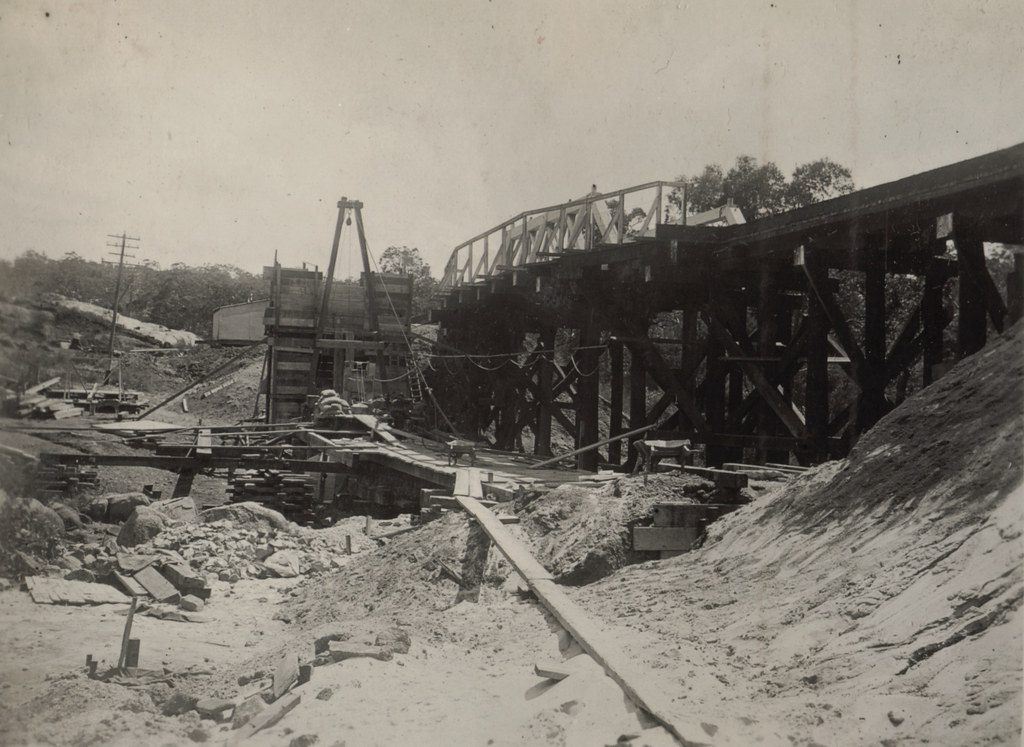
8. **The Sino-Soviet Conflict Over the Chinese Eastern Railway**As global economic tremors began to register across continents, Asia experienced a significant geopolitical flashpoint that highlighted the precarious balance of power in the Far East. In 1929, the Republic of China unilaterally seized full control of the Manchurian Chinese Eastern Railway, an act that directly challenged Soviet interests in the strategically vital region. This aggressive move by China precipitated a swift and decisive military response from the Soviet Union, marking a period of intense confrontation.
The Soviet counterattack was robust, involving military operations that led to the capture of key cities such as Hailar and Manzhouli. These actions were accompanied by an ultimatum from Moscow, demanding the reinstatement of joint administration over the railway. The escalating conflict underscored the fragility of regional agreements and the readiness of major powers to assert their influence through military means when diplomatic avenues proved insufficient to protect perceived national interests.
Facing overwhelming pressure and military setbacks, the Chinese authorities ultimately agreed to the Soviet terms on November 26, conceding to the resumption of joint administration for the railway. This resolution, while temporarily de-escalating the immediate conflict, carried profound long-term implications for regional stability. The evident Chinese weakness in the face of Soviet military might was closely observed by other regional powers, notably Japan, which would later interpret this as a strategic opportunity, leading to their subsequent aggressive actions in taking control of Manchuria.
Read more about: The Dragon’s Ascent: Unpacking China’s Modern Military and Expanding Global Reach by 2025
9. **The End of the Cristero War in Mexico**Across the Americas, Mexico witnessed a pivotal resolution to its protracted and often violent Cristero War, a Catholic counter-revolution that had destabilized the nation for years. Early in 1929, the conflict continued with notable intensity, including an unsuccessful assassination attempt on the provisional president via a train bombing in February, demonstrating the deep-seated divisions and the persistent threat posed by clerical forces. Throughout this period, Plutarco Calles, a central figure among the anti-clerics, continued to consolidate his power base within Mexico City.
Calles further strengthened his political grip early in the year by founding the National Revolutionary Party (Partido Nacional Revolucionario). This new political entity was designed to solidify his authority, paradoxically leading some foreign observers to perceive it as a fascist-leaning organization, positioning it squarely in opposition to the more conservative Mexican right, which adhered to traditional forms of government and sought greater religious control. A special election held in 1929 saw Jose Vasconcelos lose to Ortiz Rubio, effectively aligning the electoral outcome with Calles’ consolidating power.
The culmination of the Cristero War arrived in June, with the final group of rebels defeated on June 4. Concurrently, U.S. Ambassador Dwight Whitney Morrow played a crucial mediating role, initiating talks between the warring factions to broker a peace agreement. This diplomatic intervention led to a formal resolution on June 21, marking the official end of the conflict.
The tangible effects of this agreement were immediately apparent: on June 27, church bells rang, and public mass was celebrated for the first time in three years, signaling a return to a semblance of religious normalcy. However, the terms of the agreement heavily favored the government, imposing stringent conditions that required priests to register with the state and mandated a ban on religious instruction in schools, effectively curtailing the influence of the church in public life and solidifying the secular authority of the Mexican government.

10. **The “Persons Case” and Canadian Women’s Rights**In a landmark legal decision with far-reaching social ramifications across the British Empire, the year 1929 brought a monumental redefinition of women’s rights in Canada. In October, the British Judicial Committee of the Privy Council—at that time Canada’s highest court of appeal—overturned a prior ruling by the Supreme Court of Canada. The initial ruling had controversially declared that women were not “persons” under the British North America Acts, thereby deeming them ineligible for appointment to the Senate of Canada.
The Privy Council’s decision was not merely a reversal of a specific judgment; it heralded a radical shift in the Canadian judicial approach to constitutional interpretation, subsequently known as the “living tree doctrine.” This doctrine posits that a constitution is organic and should be interpreted broadly to adapt to societal evolution rather than being rigidly bound by its original context. The ruling explicitly affirmed that women were indeed “persons” in the full legal sense, thereby opening avenues for their participation in all aspects of public life, including political representation at the highest levels.
The five women who initiated this pivotal legal challenge, collectively known in Canada as the “Famous Five,” became enduring symbols of the struggle for gender equality. Their persistent advocacy not only secured women’s eligibility for the Senate but also fundamentally altered the constitutional landscape, establishing a precedent for the progressive interpretation of rights and laying essential groundwork for future advancements in women’s legal and political standing within Canada and beyond.

11. **The Inaugural Academy Awards: Birth of an Icon**Amidst the global economic and political turbulence of 1929, a new cultural institution was born in Hollywood, destined to become a defining symbol of cinematic excellence and glamour: the Academy Awards. On May 16, the very first Academy Awards ceremony was presented at the Hollywood Roosevelt Hotel, marking a significant milestone in the nascent film industry. This inaugural event, a concise 15-minute affair, honored the best cinematic achievements from the years 1927 and 1928, laying the foundation for an annual tradition that would capture worldwide attention.
The top honor of Best Picture was bestowed upon *Wings*, a compelling silent film that showcased the technical and narrative ambitions of the era. Beyond the main categories, the ceremony recognized other groundbreaking contributions. For instance, *Hallelujah!* was noted as the first Hollywood film to feature an entirely Black cast, reflecting early attempts at diverse representation, while *Atlantic*, a drama centered on the sinking of the RMS Titanic, gained recognition as one of the pioneering sound-on-film movies, signaling the industry’s rapid transition from silent features.
A unique aspect of this initial awards presentation was the recognition of Gerald Duffy, who posthumously received the only Academy Award ever given for Best Title Writing, for his work on the intertitles of the silent film *The Private Life of Helen of Troy* (1927). This particular award category underscores the transitional nature of the film industry during this period, acknowledging the artistry involved in silent film production even as sound technology rapidly gained prominence, highlighting the diverse technical and artistic elements that contributed to early cinema.
Read more about: Purple Reign Forever: Unpacking the Extraordinary Life and Legacy of Prince, Music’s Ultimate Icon

12. **The Museum of Modern Art (MoMA) Opens in New York**New York City, a global hub for art and culture, further cemented its status with the opening of a groundbreaking institution in 1929: the Museum of Modern Art (MoMA). On November 7, MoMA welcomed the public for the first time, establishing itself as a dedicated space for the collection, preservation, and exhibition of modern and contemporary art. Its inaugural exhibition, “Cézanne, Gauguin, van Gogh and Seurat,” which ran until December 7, attracted a remarkable 47,000 visitors, immediately demonstrating a significant public appetite for the artistic avant-garde.
The establishment of MoMA occurred at a time when the art world was deeply immersed in the Modernist movement, a period of intense experimentation and innovation across various disciplines. Artists like Pablo Picasso were actively pushing boundaries, producing seminal Cubist works such as *Woman in a Garden* and *Nude in an Armchair* during this very year. Simultaneously, surrealist painters Salvador Dalí and René Magritte were creating their own iconic pieces, including Dalí’s *The First Days of Spring* and Magritte’s *The Treachery of Images*, works that challenged perceptions and redefined artistic narrative.
The spirit of modernism was not confined solely to painting; it permeated architecture as well. The year 1929 notably saw the completion of significant architectural marvels that epitomized contemporary design. These included the iconic Barcelona Pavilion in Spain, a minimalist masterpiece by Mies van der Rohe, and the Royal York Hotel in Toronto, which, upon its completion, stood as the tallest building in the British Empire. The concurrent emergence of these diverse cultural and architectural achievements underscored 1929 as a vibrant period of artistic and intellectual dynamism, even amidst profound economic uncertainty.

13. **”Black Saturday” in Samoa: A Cry for Independence**In the distant Pacific, the year 1929 bore witness to a tragic event that ignited further calls for self-determination within the colonial context. On December 28, an incident tragically known as “Black Saturday” unfolded in Samoa, then under New Zealand colonial administration. This somber day saw New Zealand colonial police open fire on unarmed demonstrators, resulting in the deaths of 11 individuals. The brutal suppression of peaceful protest sent shockwaves through the local community and galvanized the burgeoning independence movement.
This violent confrontation served as a critical turning point for the Mau movement, a non-violent, pro-independence organization that had been advocating for Samoan sovereignty. The senseless loss of life on “Black Saturday” intensified their resolve and dramatically amplified their demands for independence from New Zealand’s colonial rule. The incident highlighted the repressive nature of colonial governance and the severe risks faced by those who sought to assert their right to self-determination.
The events of “Black Saturday” underscored the profound tensions inherent in colonial relationships, where the aspirations of indigenous populations for self-governance often clashed violently with the administrative authority of imperial powers. While a singular, tragic event, it became a powerful symbol of resistance and a catalyst that further fueled the Mau movement’s persistent efforts to secure a sovereign future for Samoa, echoing similar struggles against colonial dominion emerging across the globe.

14. **The All India Congress Demands Independence**As the year 1929 drew to a close, a significant declaration emerged from the Indian subcontinent, signaling an intensifying push for national sovereignty and reshaping the political discourse within the British Empire. Throughout the year, unrest had been evident, with a general strike in Bombay persisting despite British efforts to quell it, reflecting deep-seated economic grievances and a growing anti-colonial sentiment among the populace. This backdrop of simmering discontent provided fertile ground for bolder political action.
On December 29, the All India Congress convened in Lahore and made a monumental declaration: a formal demand for complete independence from Britain. This decisive move represented a hardening of India’s nationalist stance, moving beyond earlier demands for dominion status within the British Commonwealth. The declaration stipulated that if Britain failed to grant India dominion status, a goal that had previously been threatened by the Congress, the objective would unequivocally shift to full Purna Swaraj, or complete self-rule.
This declaration was not merely a symbolic gesture; it laid a clear roadmap for India’s nationalist movement in the ensuing years, galvanizing public support and setting the stage for future campaigns of civil disobedience under leaders like Mahatma Gandhi. It crystallized the aspirations of millions and underscored the irreversible trajectory towards self-governance, demonstrating that even amidst global economic turmoil, the pursuit of national destiny remained a paramount concern for a significant portion of the world’s population.
Read more about: Beyond the Hype: Unpacking the Revolutionary Spirit and Seismic Shifts of the 1960s – A Deep Dive into a Decade That Changed Everything
The year 1929, often remembered for its singular economic cataclysm, reveals itself upon closer inspection to be a deeply complex and transformative period. Beyond the crashing markets and the looming shadow of the Great Depression, it was a year marked by profound shifts in geopolitical power, significant strides in social justice, the birth of enduring cultural institutions, and the vigorous assertion of national identities across Asia, the Americas, and the Pacific. From the quiet halls of international diplomacy to the brutal realities of colonial oppression, and from the glimmering birth of Hollywood glamour to the solemn declarations of independence, 1929 was a crucible where the forces shaping the 20th century were forged, demonstrating that history’s most critical junctures are rarely defined by a single event, but by a mosaic of interwoven narratives that collectively redefine the human experience.




:max_bytes(150000):strip_icc()/GettyImages-2153484937-6fd33d1db8754df6a82930c2dc7125ed.jpg)